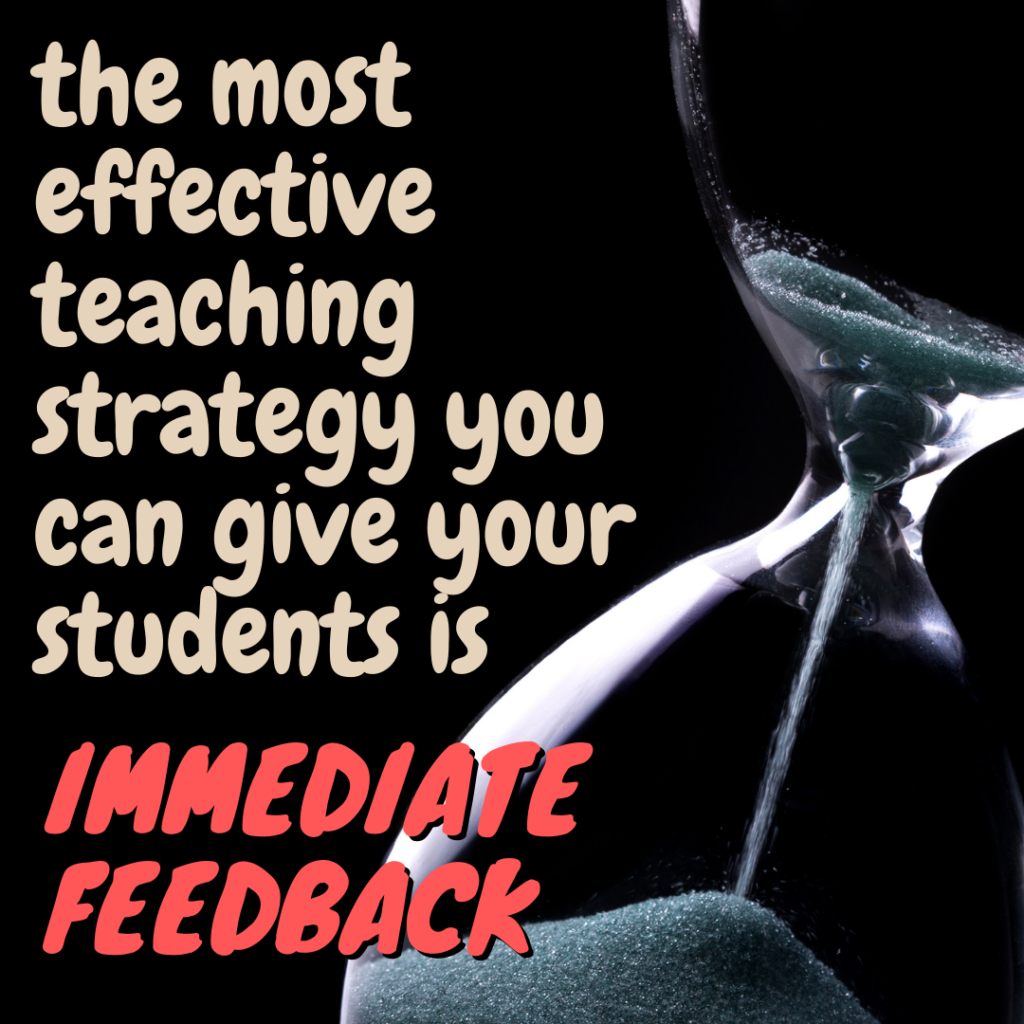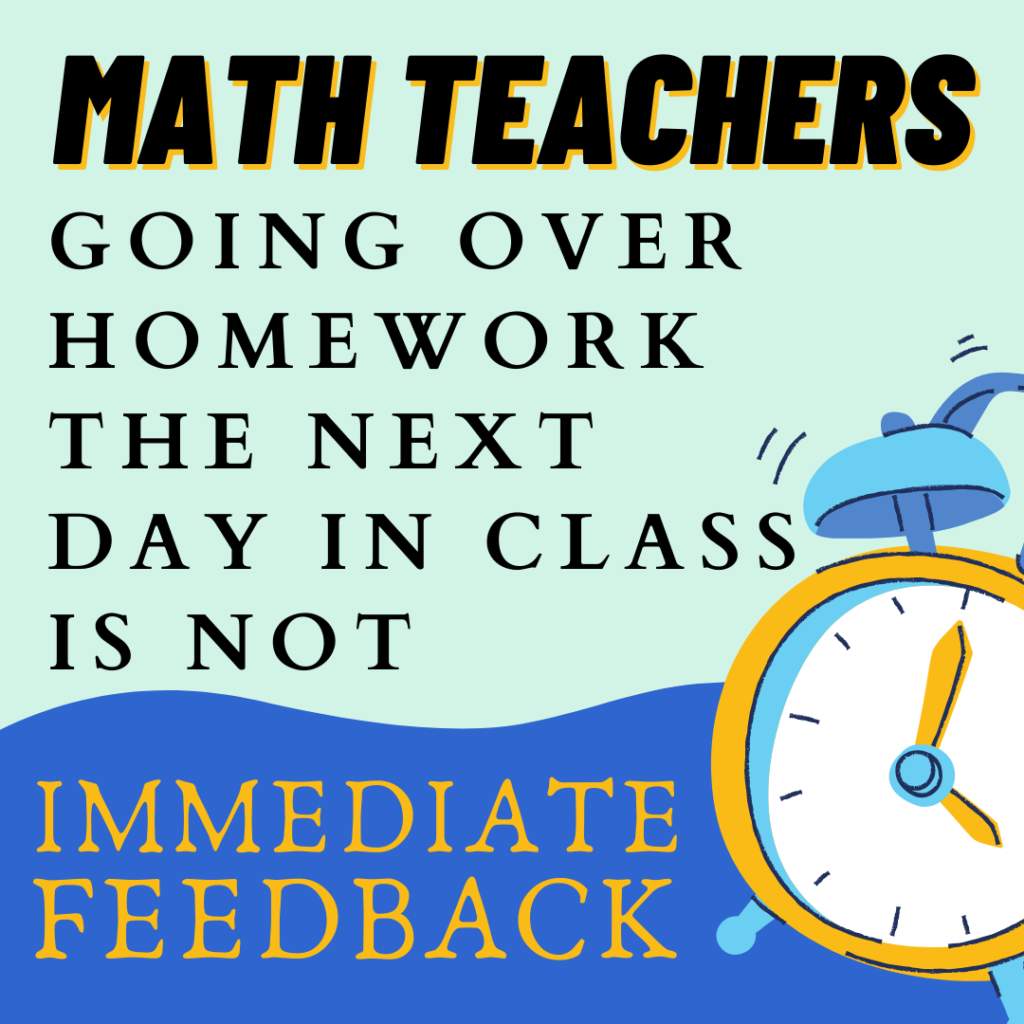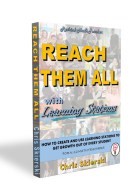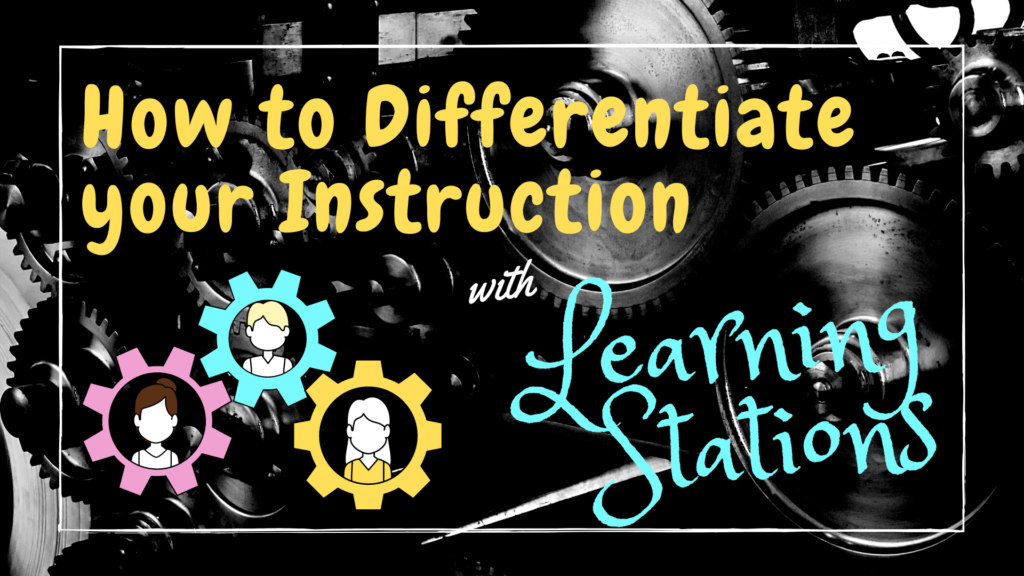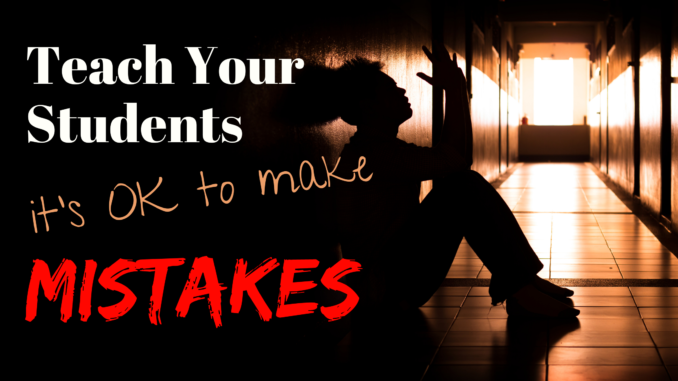
Thomas Edison famously said, “I didn’t fail 10,000 times, I found 10,000 ways that didn’t work.”
As educators, we love quotes like these that encourage our students to press forward and learn from their mistakes. But are we really creating an environment that allows this to happen?
Let’s first consider what Thomas Edison was referring to as we make applications to our classroom.
Thomas Edison and his team had gone through all the research and development to come up with a method of creating light using electricity. They engineered an incandescent lightbulb. After all the hard work they plugged it in, only to find out that it did not produce light.
This next part is critical as we make applications to the classroom. After producing no light, Edison and his team reevaluated the research. They studied the results and compared them to the work. Then they made adjustments.
Eventually, through a series of failures, Edison and his team discovered the correct way to produce light using electricity. And the lightbulb was born.
Let’s make a few applications from his situation to our math teaching.
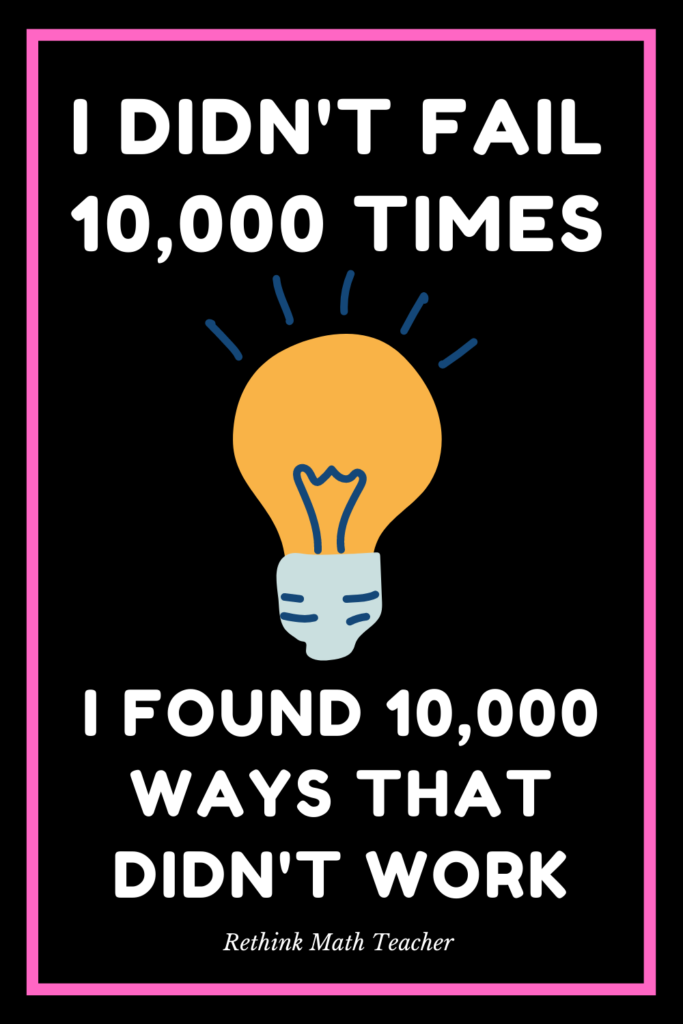
When it Didn’t Work, It was Obvious
The most powerful teaching tool is immediate feedback. For most skills that we try to learn, knowing whether or not it was done correctly is fairly obvious and the feedback is instant. When you try to learn to skateboard, you can tell very quickly whether or not you are on the board, moving forward. When you learn a song on the piano, it’s normally quite obvious if you are making correct notes with the correct timing.
When Edison flipped the switch, it was easy to tell whether or not light was produced.
Unfortunately, in academia, knowing whether or not you’ve come to the right answer isn’t always so obvious.
Do students in your class know when they finish the question whether or not they got the right answer?
The more immediate you can provide feedback, the greater its value.
When a student has finished answering a math problem, they need to know whether or not they have got the correct answer. If they did get the correct answer, and they immediately are made aware of it, they can then gain confidence that they’re doing the work correctly.
If they did not get the correct answer and are immediately made aware of it, they can go back and reevaluate their work to find their mistake. Either way, immediate feedback is paramount in the learning process
Most Teachers Falsely Believe they are Providing Immediate Feedback.
If a teacher is giving independent practice as homework, and then going over it the next day, this is not immediate feedback. I would argue that it’s not even good independent practice.
When a learner finishes a math problem, they need to immediately be made aware of whether or not they got the correct answer for the reasons I listed above. If the student is doing multiple problems incorrectly, with no immediate feedback, they will continue making the same mistake on all of the problems. Thus making the practice more harmful than beneficial.
If you’re assigning practice problems as homework, and then going over the answers the next day, you are seriously overestimating the value of the feedback you are providing. Not only is the feedback after the student has completed all of the problems, so they were not able to correct the mistakes they were making, the feedback is also many hours and academic courses after the work has been done. Making it more difficult for the students to remember why they made the mistakes that they did (and unable to learn from it).
If you want to maximize the value of the independent practice you’re providing, and help your students learn the skills you were trying to teach them, you need to provide immediate feedback.
Immediate feedback means the student knows whether or not they got the correct answer after completing each problem.
How can you Provide Immediate Feedback?
If you have access to technology, immediate feedback is easy to do. Websites like Khan Academy and IXL automatically give feedback after every question.
If you don’t have access to technology for your students’ independent practice, you have to get more creative. One method I like to use is to provide answers sheets to the students as they do their work. Often, I will put the answer to each question and in its own envelope so that students can check each problem after it’s completed, without seeing the answer to other problems.
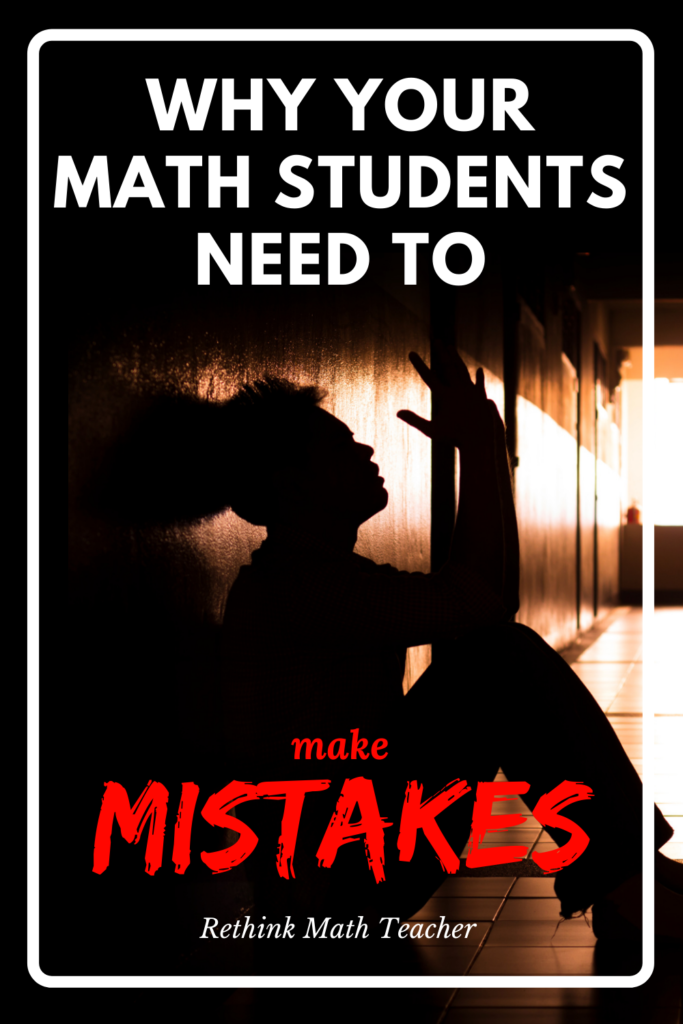
Won’t They cheat?
The short answer is yes, providing answer sheets does make it easier to cheat.
Just like websites, smart phones, and apps make cheating on homework extremely easy.
The trick is to teach your students the benefit of not cheating, and the value of checking their answers after they have done their work.
Your students must understand that cheating will not help them learn the material. They will learn by practicing and then checking their answers for feedback.
And since you we’re providing them with the right answers, there’s no reason to cheat. Because they will get the right answers in the end, so they don’t need to not skip the learning process.
A Powerful Deterent
Another easy way to help promote this mindset is to remediate students who don’t master the skill.
If, after an assessment, the student still hasn’t mastered the skill being taught, you remediate them. During your remediating, they will have to relearn and do more work on that skill. And if they don’t want to remain on the skill for a long time, they should not cheat – but engage in the learning process and then use the answer sheets for immediate feedback.
Cheating is going to happen whether or not you provide answer sheets. But immediate feedback will not. Answer sheets also help promote the idea that it’s OK to make mistakes because you’re going to help them when they do.
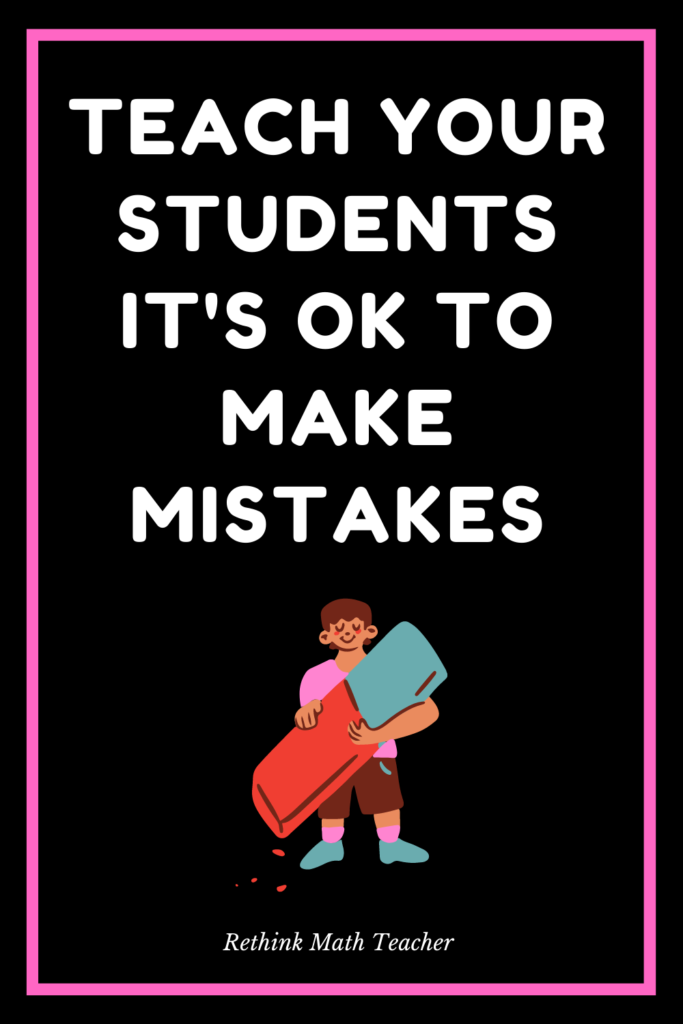
The Right Mindset
Failure is part of the learning process. That’s the whole point of Thomas Edison‘s quote. He would try something, make a mistake, and learn from it.
Most classrooms do not promote this mindset.
Most teachers falsely believe that they do.
How can you promote this mindset with your students?
Most math teachers that I talk to tell me that they show students that it’s ok to make mistakes by modeling mistakes to their students. When they make a mistake in class, they use it as a teachable moment.
Unfortunately, I would argue that, while this is making something a teachable moment, it is not received that way by your students. Because, when your students make the same mistake on their homework or classwork, they are not given the same opportunity to learn from their mistakes without penalty. Instead, they lose points and their grade drops.
Saying that it’s ok to make mistakes is not enough
Instead, students need to have the opportunity to make mistakes without being penalized.
If your students are still in the process of learning the skill – the part before the assessment – they should be allowed to make mistakes without it hurting their grade, and they need to have the tools at their disposal to immediately know that they’ve made the mistake, so they can learn from it.
This is why I use tools like IXL, Khan Academy, and other websites that will show them that they’ve made a mistake but still lets them get to their goal of so many points or so many correct answers- and then they earn full credit once they’ve attained that goal, regardless of how long it took them to do so or how many mistakes they made along the way.
What if They Fail the Test?
Teachers often debate me on everything I’ve said by asking what to do when the student fails the test.
Think back to Edison. He failed his test 10,000 times. He did work, tried to learn, and then produced a product that failed. What grade should he have earned?
I would argue that every time his invention failed, he did not pass his assessment. But after he finally did pass his assessment, he earned an A+. And I would argue that that grade should replace all of his failing ones.
And history agrees with me. He is a great inventor. The father of the lightbulb. A huge success. History does take his 10,000 failures and average it amongst his one passing grade and label him a failure. Instead, we celebrate his accomplishment.
I do the Same in My Class
If a student fails the test, this means that they have not learned the skill. So they do it again. They get more tutorials (a reteach), followed by lots of practice with immediate feedback. Then, they take the test again. And if they pass the test, that grade replaces the failing grade in the grade book. And if they don’t demonstrate proficiency, they remediate again.
How do I differentiate so that students who need to remediate can do so without forcing the whole class to remediate?
I do this through skills based learning stations.
These stations allow every student to work on the skill they need to master, independent of the other students in the class. The learning station has a tutorial as well as lots of practice problems with immediate feedback.
You can learn more about skills based learning stations in this article. Or you can purchase my book, Reach Them All, where I will not only explain the benefit of this system, but also walk you through the process of creating and implementing Learning Stations in your class so that you can reach all your students.
I also have an online course that teaches teachers how to create and implement their own learning stations (the book does the same thing). You can take the first part of the course for free.



